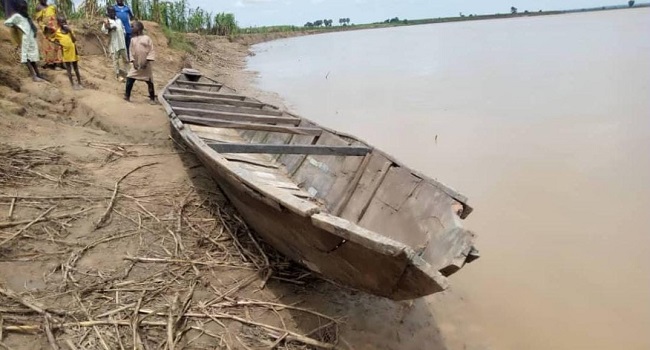The National Inland Waterways Authority (NIWA) has announced plans to phase out wooden boats on inland waterways.
NIWA’s Managing Director, Bola Oyebamiji, shared this during an interaction with Editors in Lagos over the weekend. The discussion centred largely on waterway safety and expanding water travel. Oyebamiji noted that wooden boats make up over 90 per cent of vessels on the waterways and are responsible for most accidents across the country.
He explained that many operators of wooden boats disregard crucial safety regulations, such as avoiding night travel, preventing overloading, and ensuring both operators and passengers wear life jackets.
“Travelling at night is a criminal offence. Most of these boats have no lights. Overloading is also an issue. And the boats are often piloted by people with minimal education,” Oyebamiji stated.
To address these issues in the short term, Oyebamiji noted that NIWA has significantly increased the number of marshals at jetties, from 80 to 350, to ensure nationwide coverage, with at least two marshals present at each jetty during morning and night shifts.
He also highlighted that the agency has launched a comprehensive safety campaign, conducted at jetties and through media, in English and local languages. This campaign educates boat operators and passengers on the dangers of night travel, overloading, and the importance of life jackets, among other safety practices.
However, the long-term goal is to eliminate wooden boats from service. Oyebamiji shared that NIWA is working with the Presidency and the Ministry of Marine and Blue Economy, led by Minister Adegboyega Oyetola, to replace wooden boats nationwide.
In addition, the agency will deploy more patrol boats to monitor operators in line with the NIWA Code, with assistance from the Nigerian Navy.
“Many people invoke divine protection for waterway safety when the issues often lie within our own practices and behaviours,” Oyebamiji remarked. “We will continue our efforts through education, awareness, and sanctions where necessary until we achieve zero fatalities on our waterways.
“There is much work to be done, and we hope all stakeholders will begin to adhere to the regulations.”


